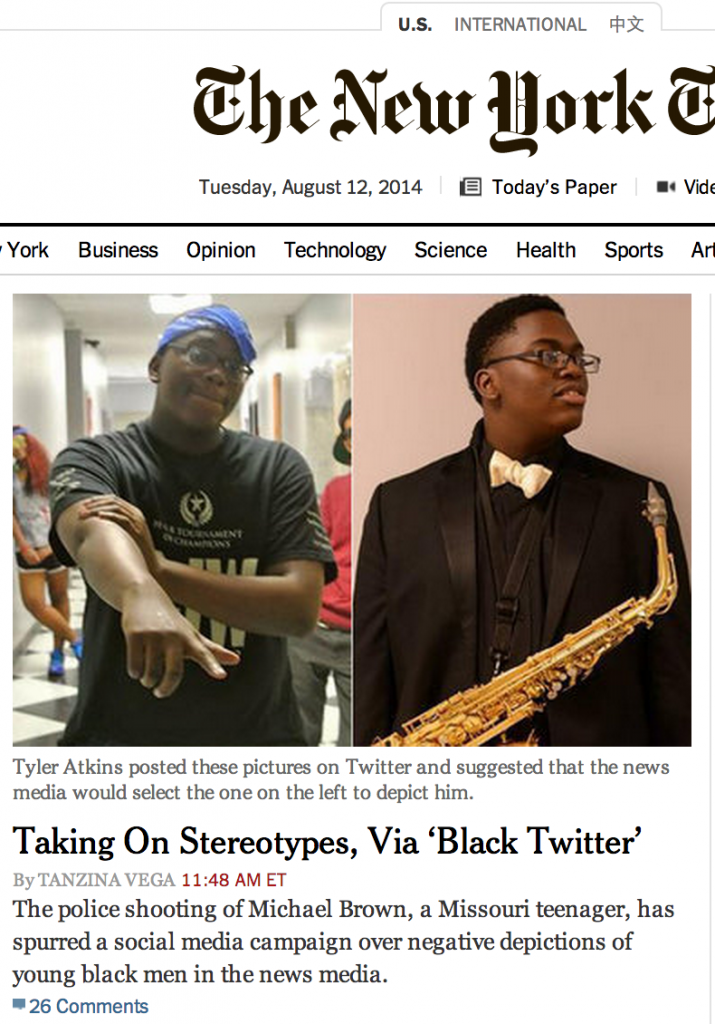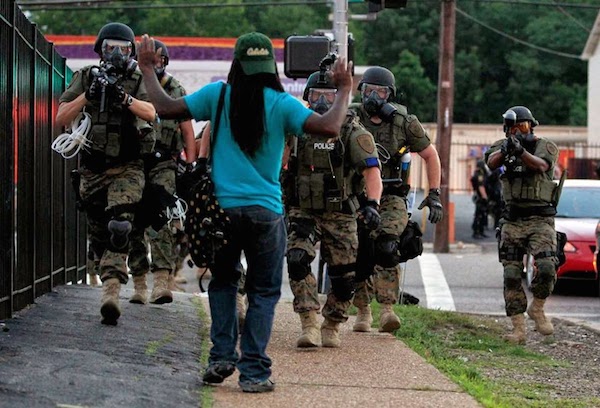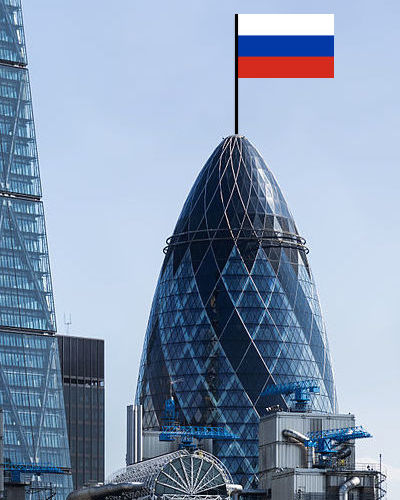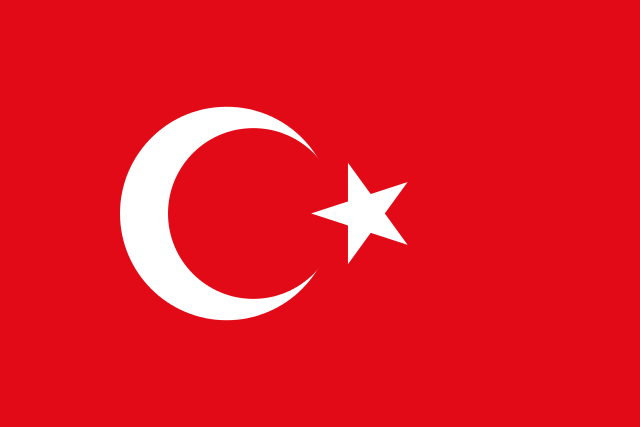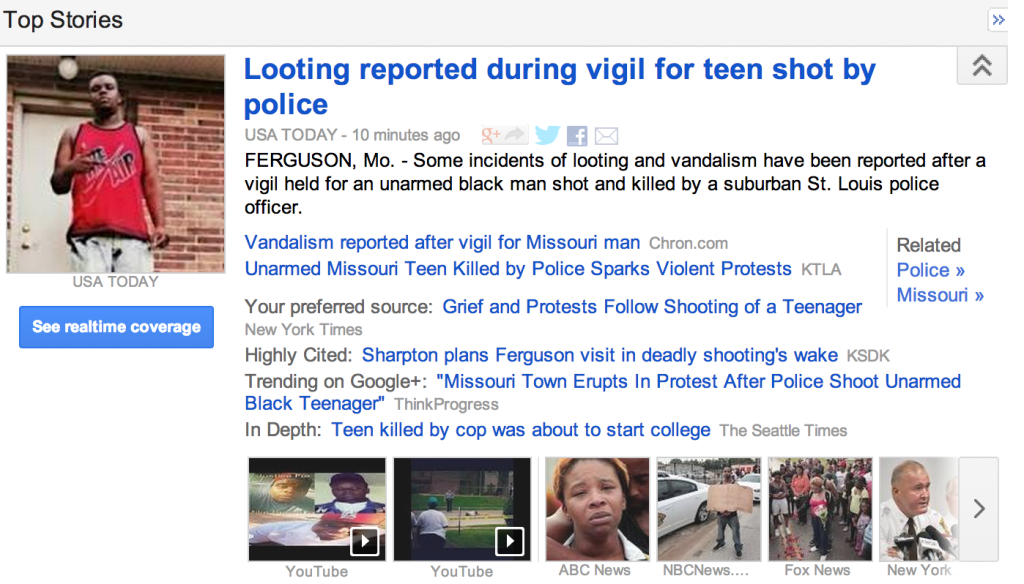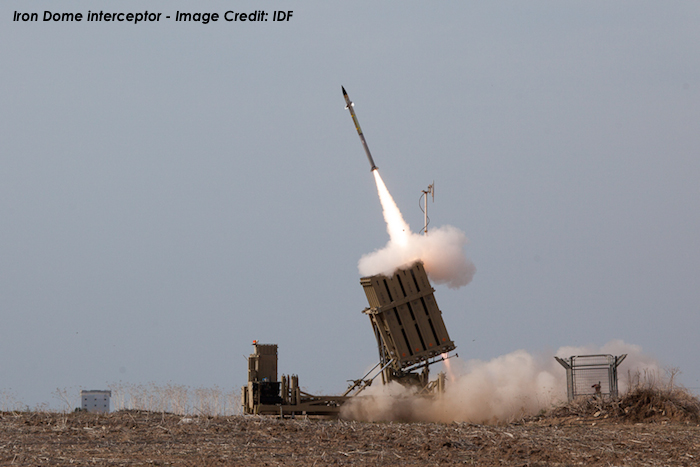After two nights of peaceful demonstrations under the supervision of the Missouri Highway Patrol on Thursday and Friday nights, things in Ferguson took a turn for the worse after midnight last night, when heavily armored local police unexpectedly returned to the scene (on the orders of the St. Louis County Prosecutor, which seems bizarre).
Prior to this surprise development, there was no looting happening or any kind of violence, despite the local authorities spending all of Friday disseminating objectively false information (as well as highly dubious claims) about the original shooting of Michael Brown. Most people and reporters were actually going home or leaving for the night by the time the riot police appeared unexpectedly and started antagonizing people, pointing guns at them, and firing “less-lethal” devices at them, including smoke grenades. The police also explicitly tried to order media members to disperse in particular.
This turn of events prompted a small minority of the people assembled (predominantly young people, by most accounts) to start breaking into stores to steal and destroy stuff. A much larger proportion of community members began frantically trying to block access to halt the looting, with mixed success. Meanwhile, the police just sat in their vehicles for at least an hour and didn’t do anything, as the chaos began unfolding and the property damage figures started mounting quickly. This is a very obvious provocation, and in no way was the police presence a response to the looting (since they arrived well before it).
Of course, the national media immediately tried to revise the timeline of event to imply that the renewed presence of armored police was a response to (rather than the catalyst for) looting. Here’s a sample headline from the middle of the night / early Saturday:

Saturday afternoon’s development is that Governor Jay Nixon has declared a State of Emergency and proclaimed a curfew in Ferguson tonight from 12-5 AM. This is completely the opposite of a logical reaction, given that the community clearly wasn’t the problem and there had been two evenings of peaceful demonstrations under his original solution of bringing in uniformed highway patrolmen from outside in place of armored SWAT divisions. Thursday night was a pretty solid confirmation that people will calm way down if you stop deploying armored police to attack them and instead send regular uniformed officers from outside to help them march safely. Friday night proved that taking away the supportive force and bringing back the militarized units will rile people back up again.
Meanwhile, there has been very little progress toward a credible investigation up to now, which is all that the protesters have been demanding this entire time, yet they are the ones being punished. It seems fairly likely there will be mass civil disobedience against the curfew order tonight.



